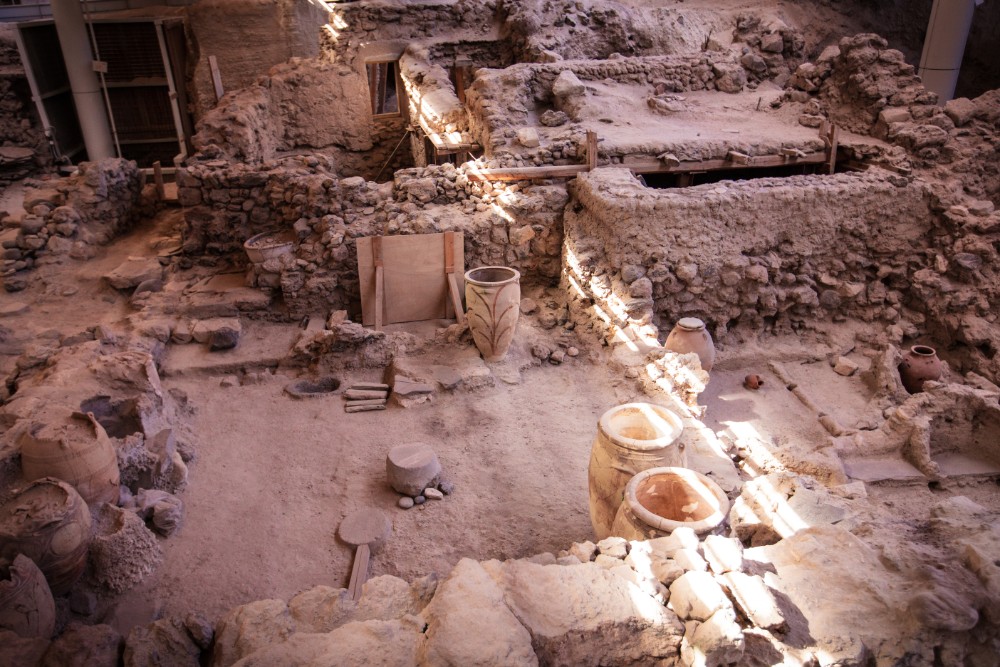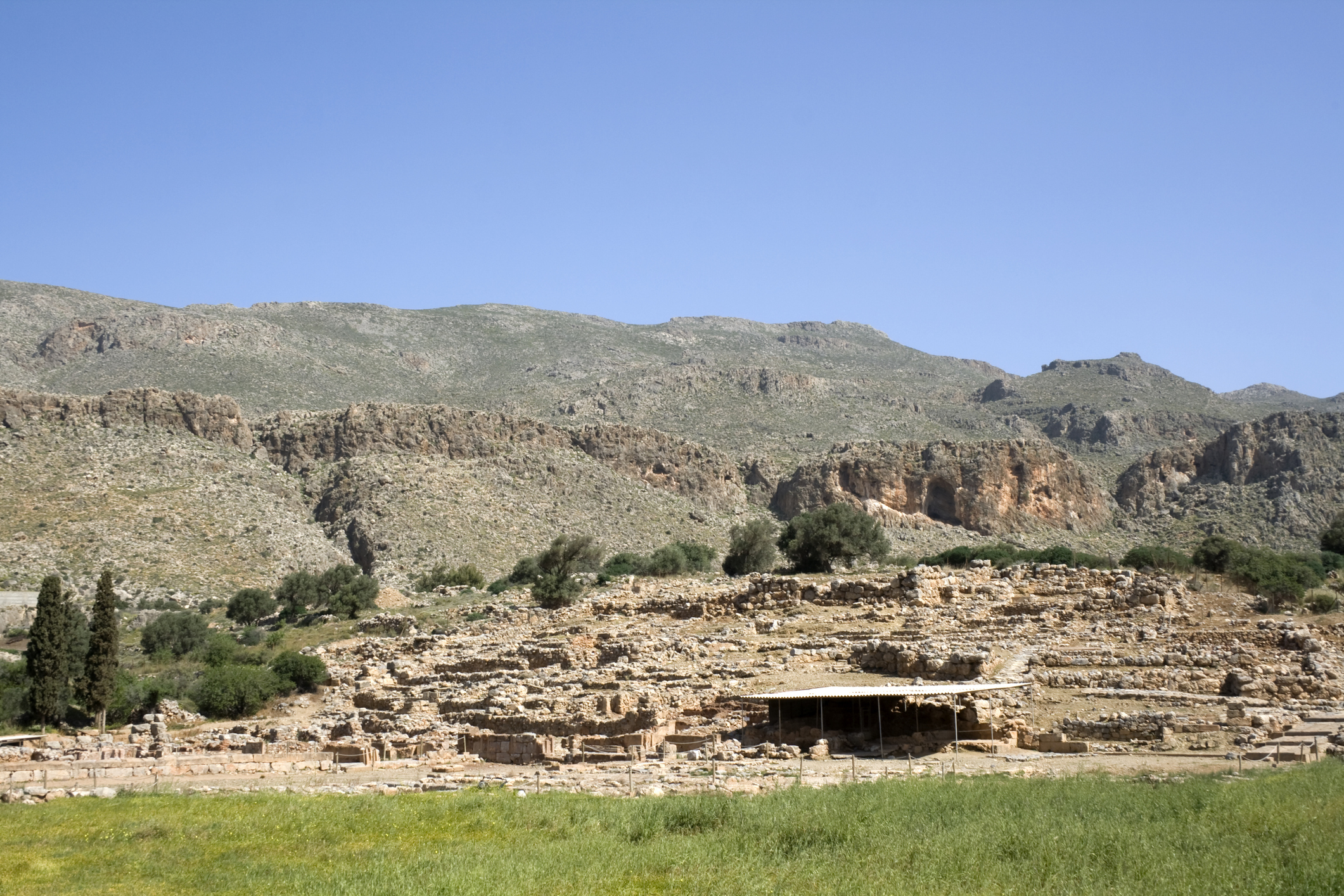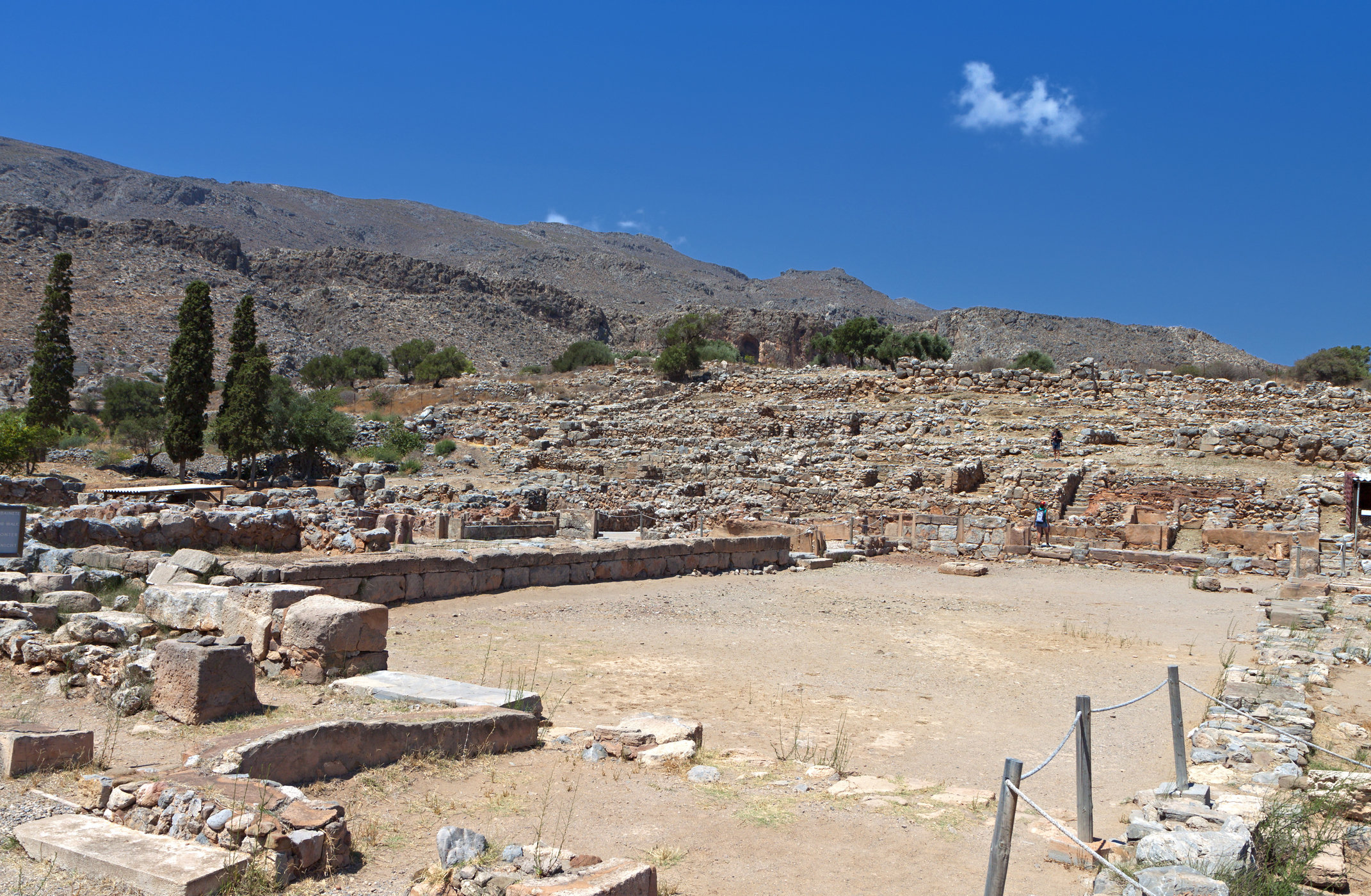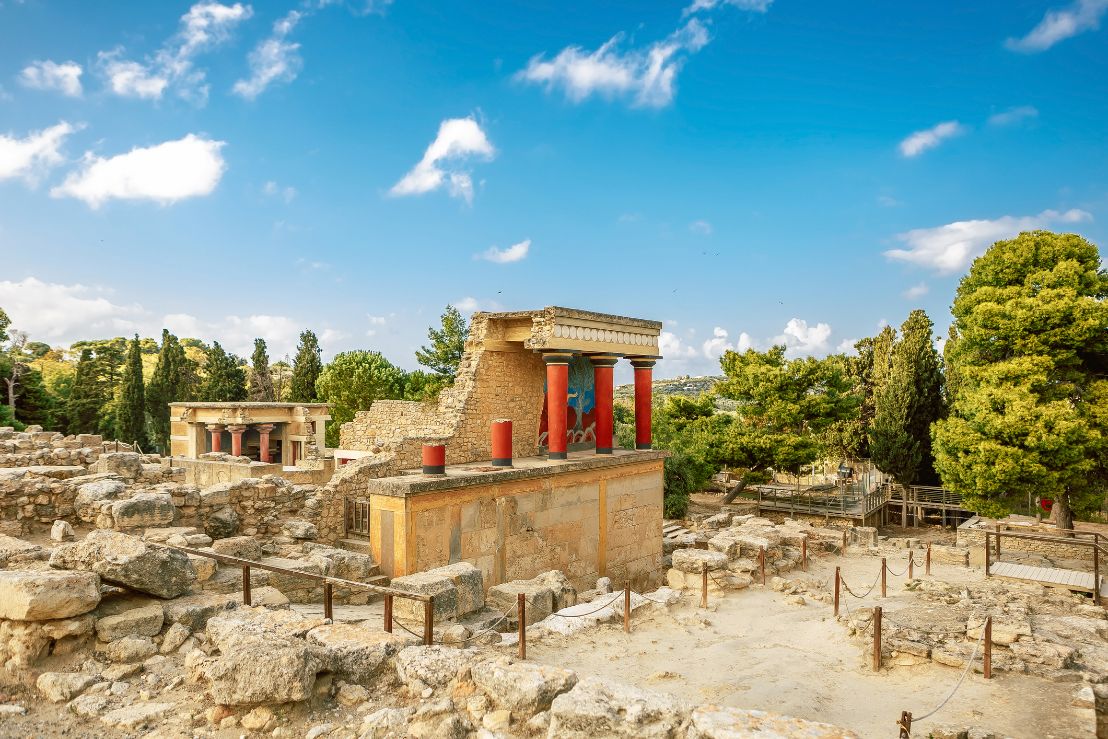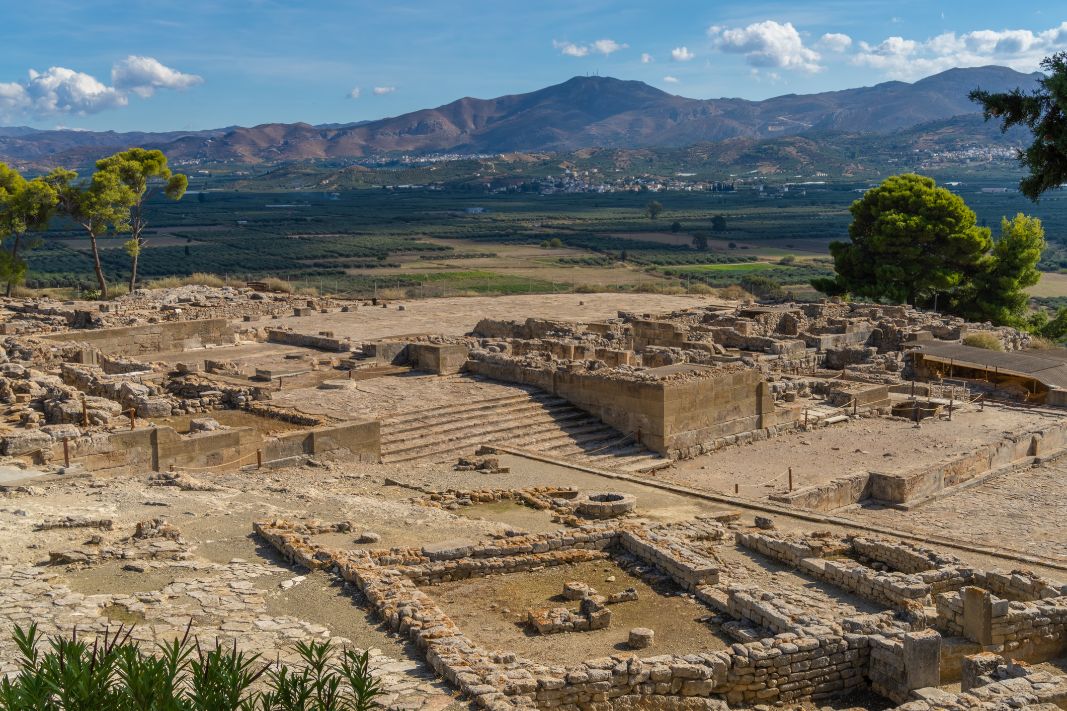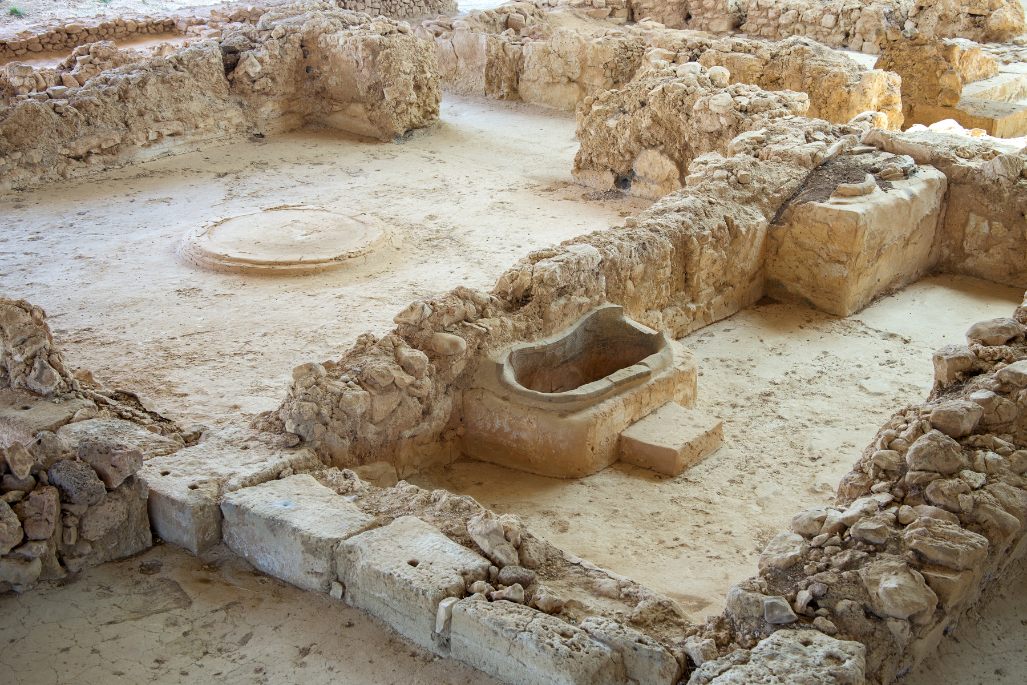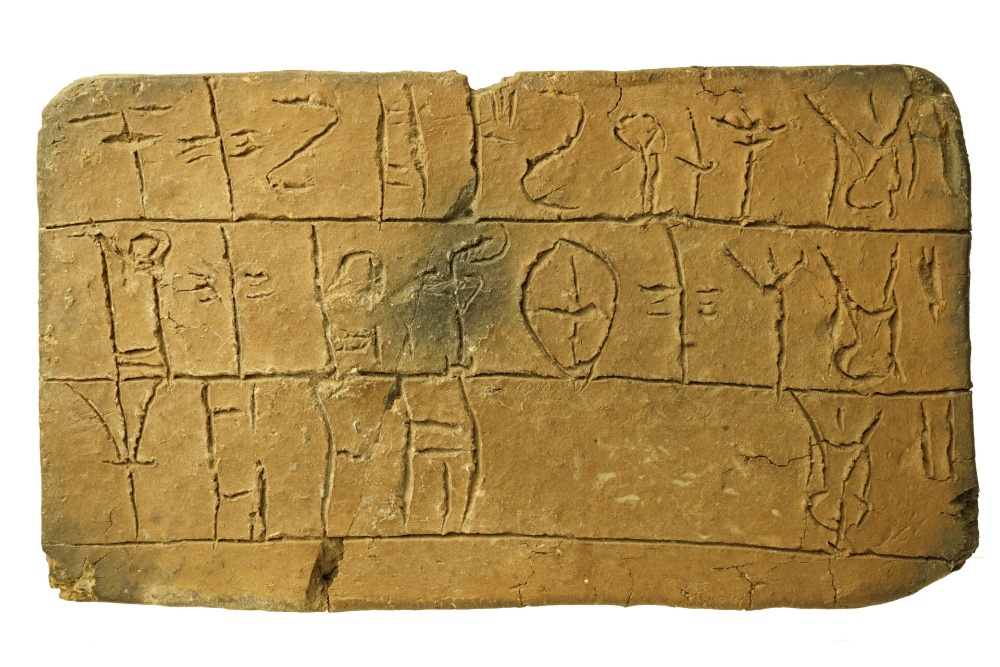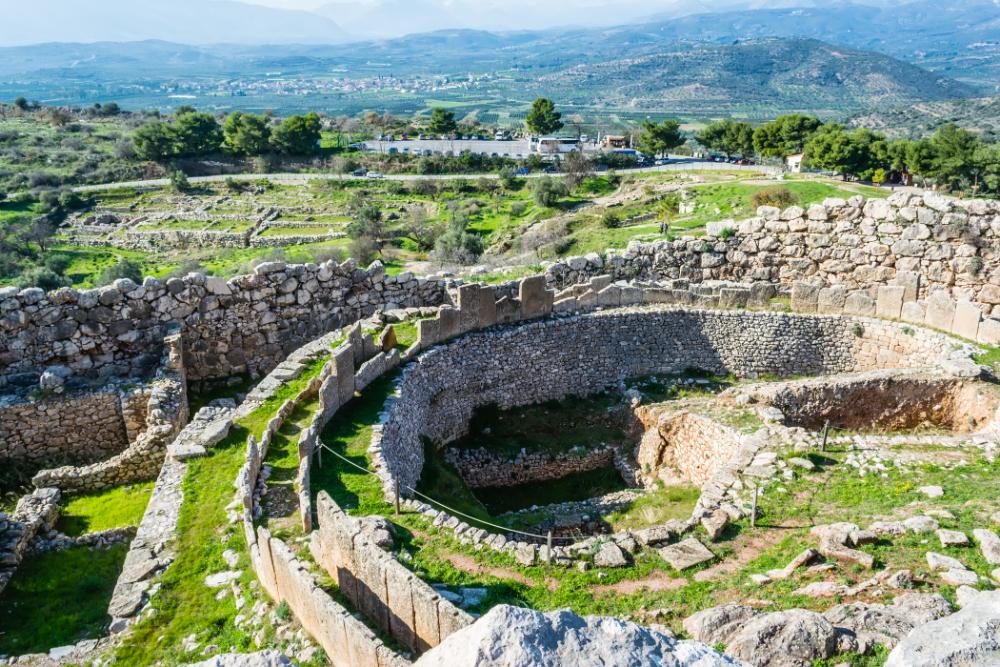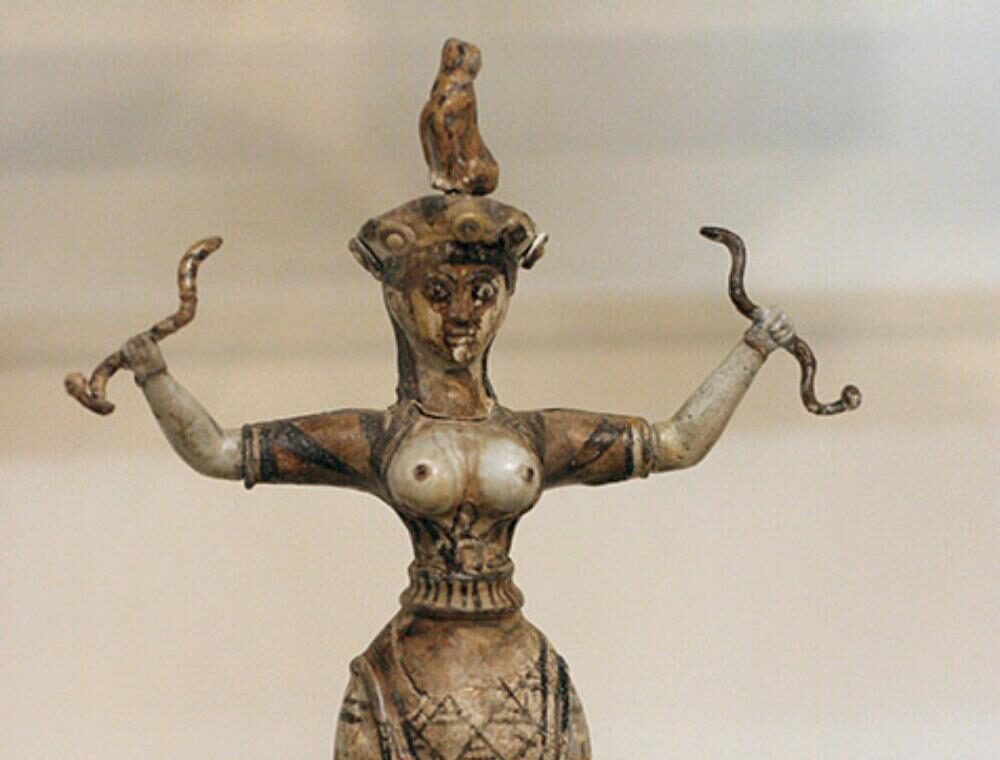The Secret Masterpiece of Bronze Age Greece
In 2015, archaeologists digging near the palace of Nestor in Pylos, southwestern Greece, uncovered a grave untouched for over three thousand years. Inside lay the remains of a warrior surrounded by gold, weapons, and carved gems. Among them was a tiny stone no bigger than a thumb—the Pylos Combat Agate—soon recognized as one of the most extraordinary artifacts ever found from the Bronze Age.
Though it had to be cleaned and studied under a microscope, what emerged stunned experts. The agate, a carved sealstone dated to around 1450 BC, shows a warrior plunging a blade into an enemy’s neck while others lie fallen. Muscles ripple, weapons clash, and drapery flows in astonishing detail—techniques that wouldn’t appear again in Greek art for nearly a thousand years.
Its craftsmanship is so advanced that some scholars wondered whether it might be a later fake. But tests confirmed its age. This was Bronze Age art—far more sophisticated than we thought possible at the time. And it wasn’t just decorative. Seals like this marked elite ownership, identity, and legacy. Whoever the so-called “Griffin Warrior” was, he carried an object that combined battle, myth, and personal status into one tiny, masterful image.
The Pylos Combat Agate quietly rewrites the story of early Greek art. In a world of crumbling palaces and shifting powers, this one stone reminds us how much skill, symbolism, and memory can be carved into a moment—and how much can be lost in the dirt for thousands of years before being seen again.
Artistic rendering of Bronze Age combat, inspired by the Pylos Combat Agate. This image is in the public domain in its country of origin and in the United States.
Wikimedia Commons – Public Domain File


